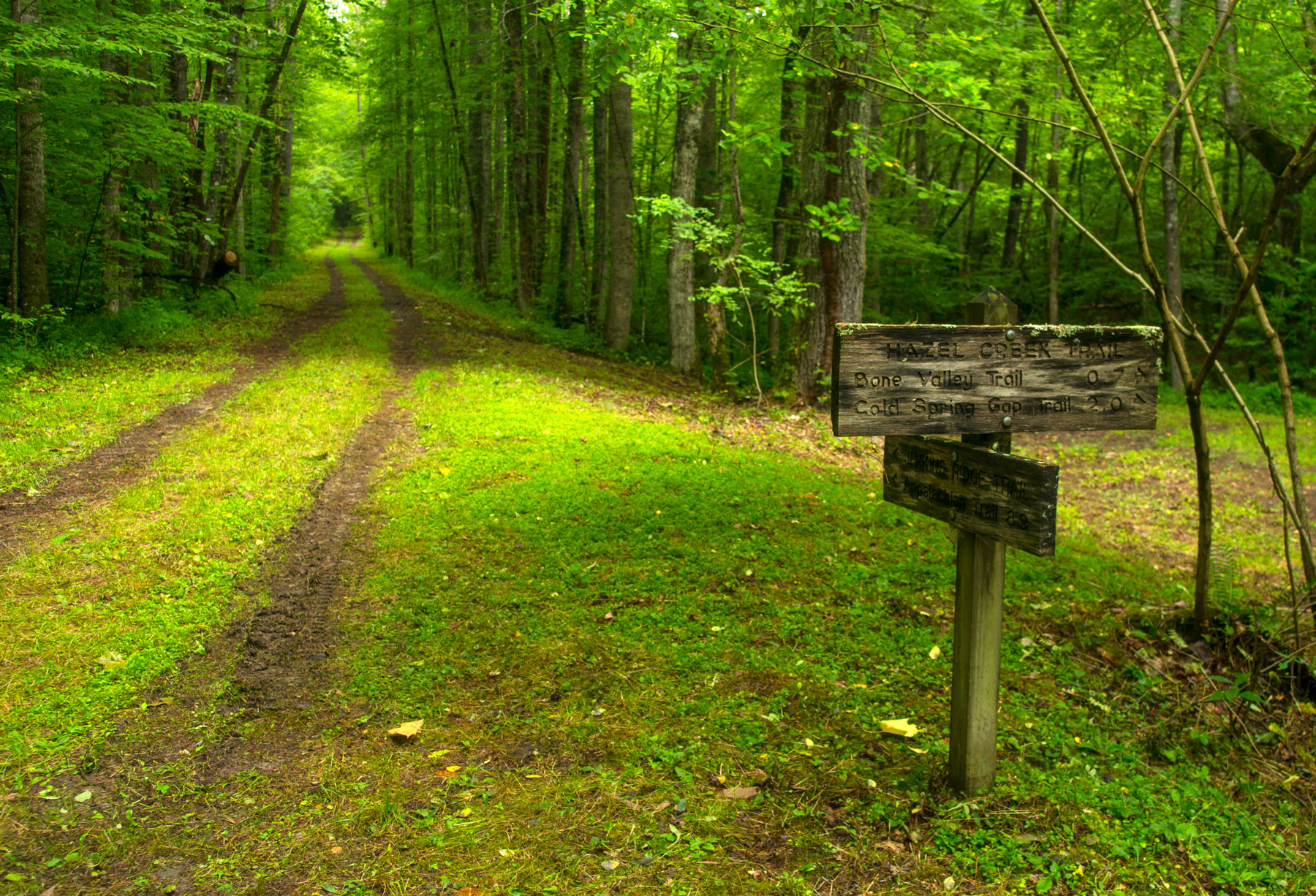
For many people, national parks are about an escape from daily life, a place to find peace and quiet alongside a stream, on the shore of a deep lake, or at the highest point of a mountain.
Is this sort of reverie possible in Great Smoky Mountains National Park, the nation’s most heavily visited? The answer is not only “yes,” but “YES!”
You might have to walk longer, plan better, and pack smarter, but the Smokies backcountry—and even some of the park’s closer locations—offers marvelous respite from crowded main roads and popular hiking trails.
“You have to look for them,” said Christine Hoyer, backcountry management specialist at GSMNP. “You have to step off the most popular trails and be willing to go at different times of the year.”
Hoyer has visited many of the park’s more isolated locations—both as part of her job and for personal escapes.
“There are quiet places in the Smokies,” she said, and offered some ideas if you’re looking for a long day hike leading to solitude or a backcountry camping experience that could stretch over days.

1. Tricorner Knob shelter off the Appalachian Trail (AT) near Mount Chapman: “It’s at least five miles from any road and pretty hard to get to,” Hoyer said. “At certain times of the year, it can be busy because of the AT, but it’s remote in terms of access.”
2. Hazel Creek, north of Fontana Lake: The Hazel Creek drainage has numerous spectacular trails that you can reach by road, water, or from the AT. “Welch Ridge Trail and Cold Spring Gap Trail in that area can be accessed from the AT, and the area feels very remote to me,” Hoyer said.
3. Campsite 3, located off Beard Cane Trail in the far northwestern corner of the park: “Campsites like campsite 3 might not be classified as very remote, but it’s far enough out that not many people venture there,” Hoyer said. “It gets much lower use than many other locations. There are none of the traditional Smokies views, but if you’re looking for solitude, it’s there.”
4. Campsite 42, west of Cataloochee: “It’s only about 1.5 miles off the road, but Heintooga Road is off to itself, and not a lot of people go there,” Hoyer said. “You can feel like you’re by yourself.”
5. Campsite 49, north of Smokemont: “You take Bradley Fork Trail to Cabin Flats Trail, which dead-ends at the campsite,” she said. “The dead end helps provide remote isolation.”
Additionally, even the park’s busiest trails can provide some seclusion, Hoyer said. You simply have to hike longer distances.
“When I think of remote locations in the backcountry, I think of places that are more than five miles from any road,” she said. “That meets the ‘remote’ criteria in my mind. But it depends on where you are and where people are going. Generally, you’re going to see less people after about three miles on a trail.”
Hiking and camping in the Smokies backcountry require special preparations. Be sure you have enough water and food, dress for possible weather extremes, and prepare to pack out your trash. All backcountry camping requires a reservation and a permit.
Subscribe to get the latest posts sent to your email.
The Great Smokies Welcome Center is located on U.S. 321 in Townsend, TN, 2 miles from the west entrance to Great Smoky Mountains National Park. Visitors can get information about things to see and do in and around the national park and shop from a wide selection of books, gifts, and other Smokies merchandise. Daily, weekly, and annual parking tags for the national park are also available.